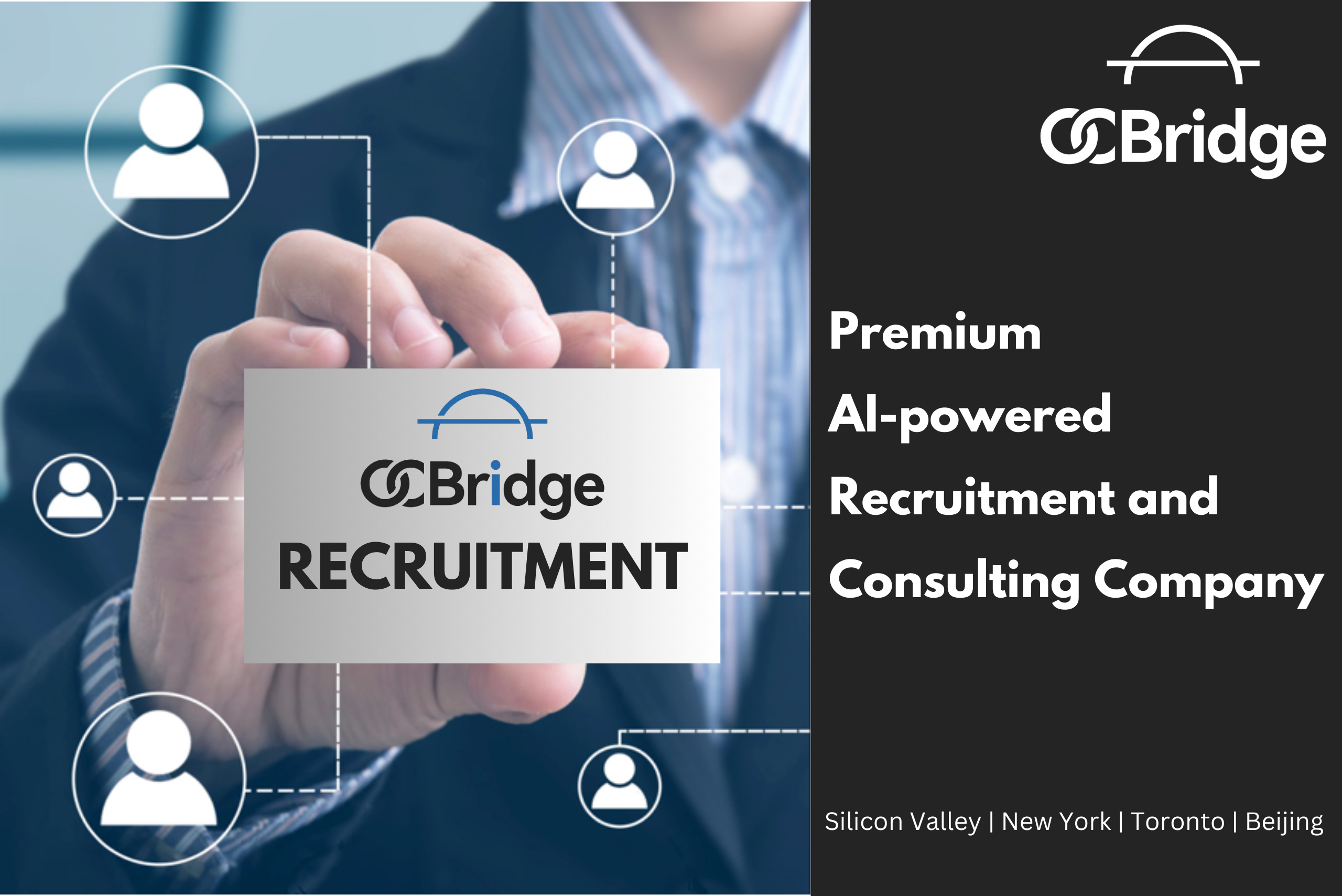OpenAI Redefines Human-AI Interaction with GPT-4o
OpenAI continues to push the boundaries of artificial intelligence with its latest unveiling—the GPT-4o, a groundbreaking advancement in human-machine interaction, particularly within conversational agents. This iteration of ChatGPT marks a significant departure, integrating cutting-edge features like real-time conversation, multimodal inputs, and memory retention.
Breaking New Ground
Building upon the foundation laid by its predecessor, the GPT-4 model, the GPT-4o introduces enhanced capabilities aimed at amplifying ChatGPT’s intelligence and accessibility. Notably, this iteration will be freely available to all users, democratizing access to state-of-the-art AI technology and fostering inclusivity in its usage.
Unprecedented Functionality
A standout feature of the GPT-4o is its multimodal capacity, empowering ChatGPT to seamlessly process voice commands, text inputs, and visual inputs, thereby facilitating more intuitive communication across diverse modalities. Moreover, the GPT-4o incorporates memory capabilities, enabling ChatGPT to learn from past interactions and deliver personalized responses over time, thereby elevating the conversational experience to new heights of fluidity and human-like adaptability.
Demonstrating Versatility
During a live demonstration, OpenAI showcased ChatGPT’s new functionalities, illustrating its ability to provide real-time instructions, share stories, offer coding guidance, and discern users’ emotions. These demonstrations underscore the versatility of the GPT-4o, positioning it as a dynamic digital assistant capable of tackling a spectrum of tasks.
Navigating the Competitive Landscape
The release of the GPT-4o comes amidst escalating competition in the AI landscape, with industry giants like Google and Meta racing to develop powerful large language models to fuel chatbots and voice assistants. OpenAI’s innovation aligns seamlessly with broader industry trends, including the integration of AI into consumer products and platforms.
Future Outlook in the Recruitment & Staffing Industry
Looking ahead, this advancement is anticipated to exert influence across various industries, particularly in recruitment and staffing. The GPT-4o’s highlights are visual, emotional, and more likely to provide personalized replies. This advancement could significantly impact recruitment. With additional filters for video, human conversation, and emotion identification, candidates can be evaluated more comprehensively and with less bias. This means that recruitment can be more effective and less costly. Additionally, recruiters can effectively communicate and organize candidates using the GPT-4o chatbot, fostering a more human-like future in interactions. Someday, we can expect to respond to candidates outside of working hours with GPT-4o in human-like conversations.
In Conclusion
OpenAI’s introduction of the GPT-4o represents a monumental leap forward in human-AI interaction, offering users a more intuitive and personalized experience with conversational agents. As AI technology continues to evolve, ChatGPT stands at the forefront of innovation, reshaping the landscape of human-machine interaction.
Want to learn more? Check our website and feel free to email us https://www.ocbridge.ai



